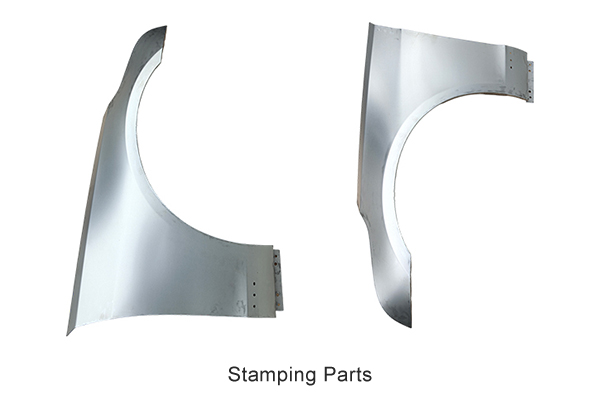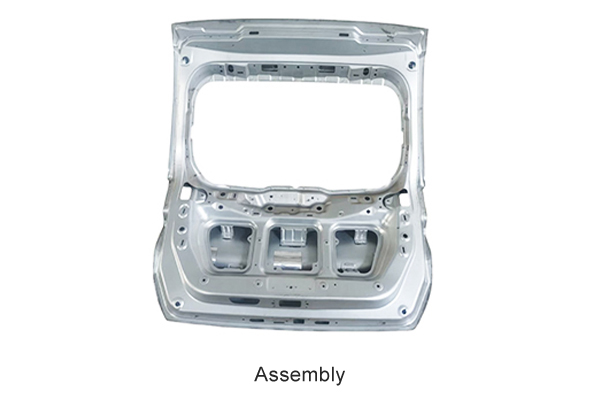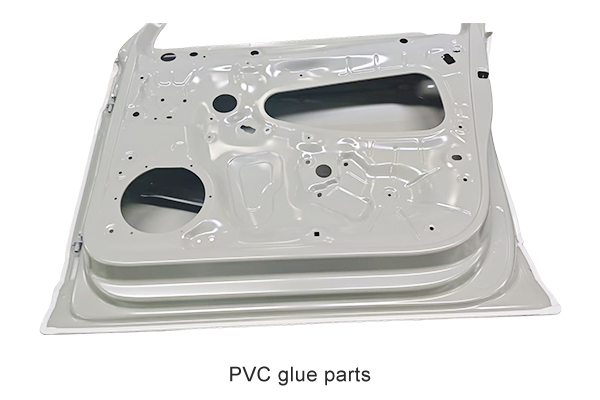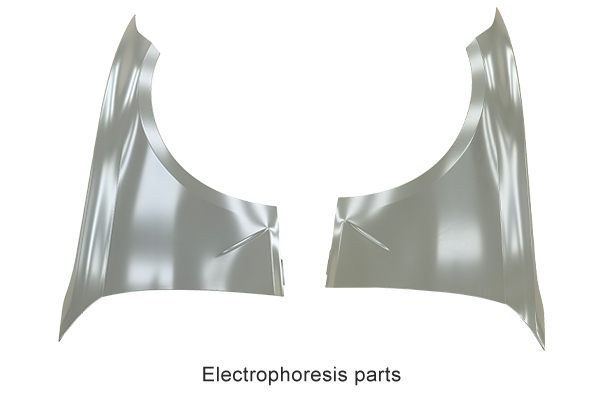How to control the degree of deformation during hydraulic processing of automobile sheet metal?
Release Time : 2025-11-17
In the hydraulic processing of automobile sheet metal, controlling the degree of deformation is crucial for ensuring product quality and improving processing accuracy. As an important component of a car's appearance and structure, the shape accuracy and dimensional stability of automotive sheet metal directly affect the assembly quality and overall performance of the vehicle. Improper control of deformation can not only lead to inaccurate fit between the sheet metal and surrounding parts but may also cause stress concentration, reducing the strength and durability of the sheet metal and ultimately affecting the safety and lifespan of the vehicle. Therefore, in-depth exploration of methods for controlling the degree of deformation in the hydraulic processing of automobile sheet metal is of great significance.
Mold design is fundamental to controlling the degree of deformation in the hydraulic processing of automobile sheet metal. A reasonable mold structure can provide uniform forming force to the sheet metal and avoid localized stress concentration. When designing the mold, the shape, size, and material properties of the sheet metal must be fully considered. For complex-shaped sheet metal parts, multi-stage molds can be used to break down the complex forming process into several simple steps, forming them step by step to reduce the amount of deformation in a single forming operation. Meanwhile, the mold's surface design should have smooth transitions, avoiding sharp edges and abrupt changes to prevent scratches and excessive deformation of the sheet metal parts during molding. Furthermore, the mold's rigidity is also crucial; sufficient rigidity ensures the mold itself does not deform during hydraulic processing, thus guaranteeing the molding accuracy of the sheet metal parts.
The appropriate selection of hydraulic processing parameters plays a vital role in controlling the degree of deformation. Parameters such as hydraulic pressure, holding time, and molding speed all affect the deformation of the sheet metal parts. Excessive hydraulic pressure will subject the sheet metal parts to excessive molding force, leading to excessive deformation or even breakage; while insufficient pressure will prevent the sheet metal parts from being fully molded, affecting product quality. The holding time also affects the stress release and shape stability of the sheet metal parts. Too short a holding time will prevent the internal stress of the sheet metal parts from being fully released, making them prone to springback deformation after demolding; too long a holding time will increase the processing cycle and reduce production efficiency. If the forming speed is too fast, the sheet metal part may not have enough time to fully flow and fill the mold cavity during the forming process, easily leading to uneven local deformation. If the forming speed is too slow, the sheet metal part will experience creep deformation under prolonged stress. Therefore, in actual processing, it is necessary to determine the optimal hydraulic processing parameters through experimentation and experience, based on factors such as the material, thickness, and shape of the sheet metal part.
The selection and treatment of materials also affect the degree of deformation during the hydraulic processing of automobile sheet metal. Different materials have significantly different mechanical and forming properties. When selecting sheet metal materials, their strength, plasticity, toughness, and other indicators must be comprehensively considered. Generally speaking, materials with better plasticity are easier to form during hydraulic processing, resulting in relatively less deformation. At the same time, appropriate pretreatment of the material, such as annealing, can reduce the material's hardness, improve its plasticity and toughness, and reduce deformation during processing. Furthermore, the uniformity of material thickness also affects the degree of deformation; sheet metal parts with uneven thickness are more likely to deform first during hydraulic processing, leading to uneven overall deformation.
Optimizing the processing technology is also an effective means of controlling the degree of deformation. For example, employing a multi-stretch forming process breaks down a large-deformation stretching process into multiple smaller-deformation stretching processes. This gradually releases internal stress in the sheet metal and reduces springback deformation. Intermediate annealing can also be incorporated into the processing to eliminate work hardening, improve material plasticity, and facilitate subsequent forming. Furthermore, a well-planned processing sequence—processing simpler shapes with smaller deformations first, followed by more complex shapes with larger deformations—helps control the overall degree of deformation.
In the hydraulic processing of automobile sheet metal, optimizing mold design, selecting appropriate hydraulic processing parameters, carefully selecting and processing materials, and optimizing processing techniques can effectively control the degree of deformation, improve the processing quality and production efficiency of automotive sheet metal parts, and provide strong support for the development of the automotive manufacturing industry.








